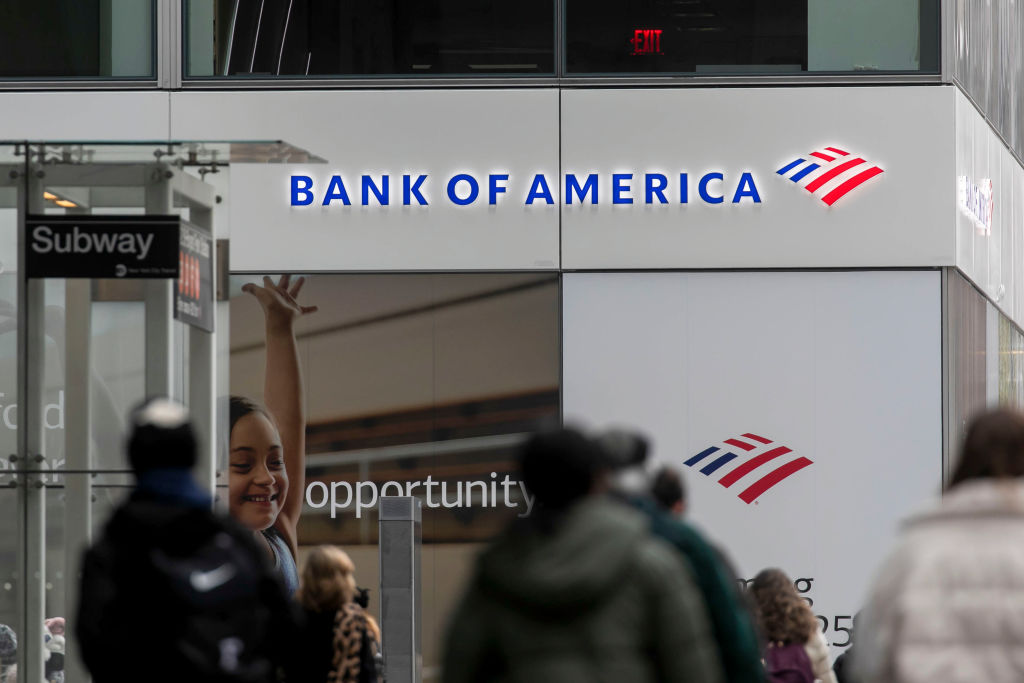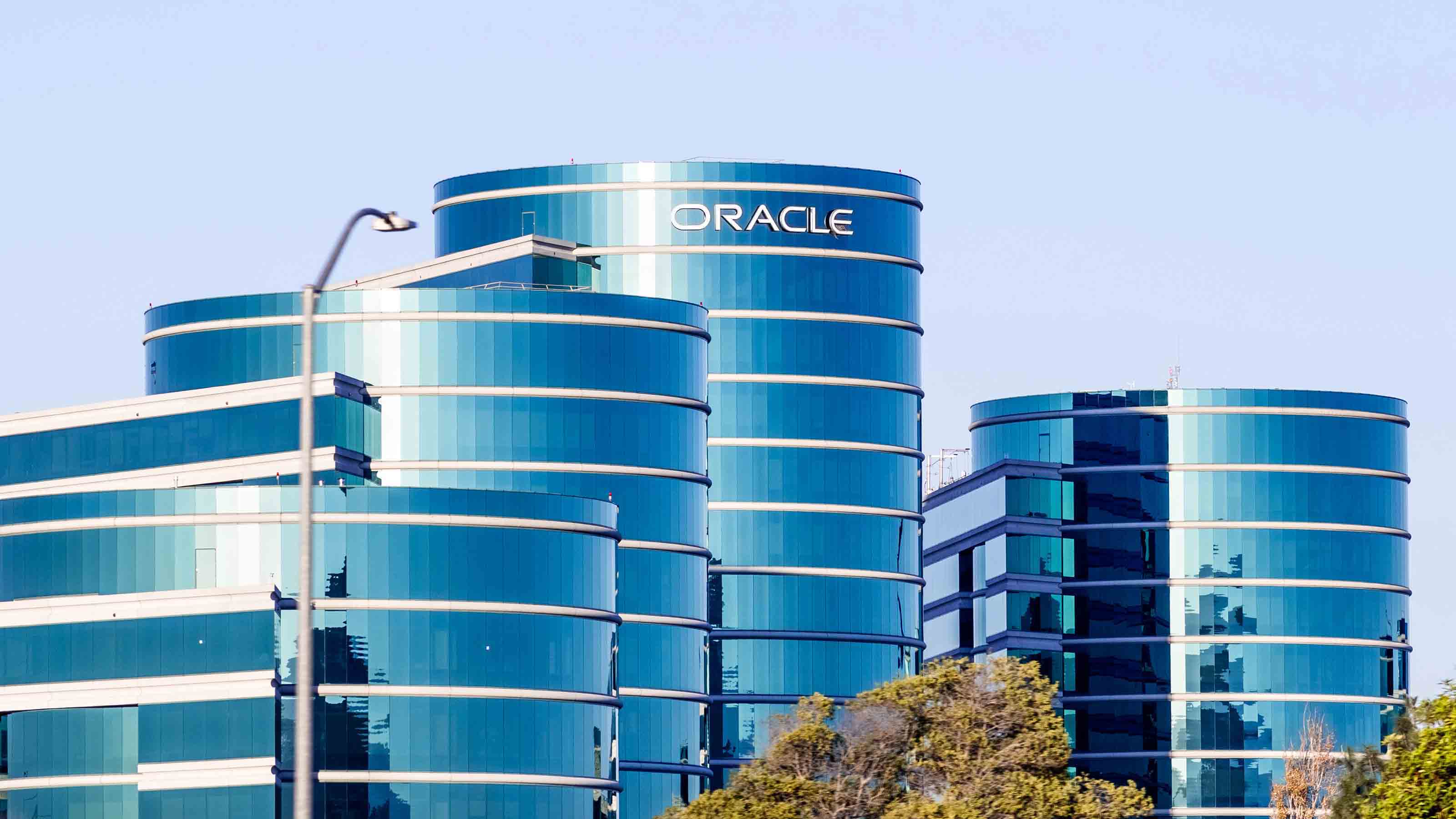Hold Fast to These Five Tenets
In this third of a series on coping with a plunging stock market, Senior Associate Editor Anne Kates Smith says follow advice Kiplinger's has been preaching for years.

What are we supposed to make of this whiplash market? Was the explosive rally on October 13, when the Dow Jones industrial average logged the biggest one-day point gain ever and its fifth-largest percentage gain, the beginning of the end of one of the most wrenching downturns in recent memory? Or was it a head fake?
When the bear will retreat for good, I can't say. The recent market collapse is the third major stock-market meltdown I've witnessed since I started covering the finance beat. (Would you believe I started writing about stocks when I was 9?)
| Row 0 - Cell 0 | How I Keep My Sanity While My Savings Vanish |
| Row 1 - Cell 0 | My Coping Mechanism: Cash |
As a writer, I view times like these as fascinating; as an investor, terrifying. But from either perspective, I'm certain that the only sane way to play the crazy ups and downs is to hold fast to the investing tenets we at Kiplinger have preached for years (that's why they're tenets). Among them:
From just $107.88 $24.99 for Kiplinger Personal Finance
Become a smarter, better informed investor. Subscribe from just $107.88 $24.99, plus get up to 4 Special Issues

Sign up for Kiplinger’s Free Newsletters
Profit and prosper with the best of expert advice on investing, taxes, retirement, personal finance and more - straight to your e-mail.
Profit and prosper with the best of expert advice - straight to your e-mail.
Most investors are lousy market timers. So don't attempt it, period. Take a look at a couple of the worst months for mutual fund net redemptions on record: In October 1987, investors withdrew 3.6% of stock-fund assets, and in July 2002, the net outflow was 2.05%, according to the Leuthold Group, a research firm in Minneapolis. A year after investors bailed, Standard & Poor's 500-stock index was up 10.8% and 8.6%, respectively. The two-year gains were 35% and 21%, respectively.
Calling market bottoms is a futile exercise. I don't know if a 900-point gain signals the end of bad times. But I do know that being out of the market when it turns is frustrating beyond measure. Rallies off the bottom are often explosive. The stock market typically bottoms just past the midpoint of an economic downturn. One year past the trough, the average gain, dating back to 1892, is nearly 44%, says Leuthold.
Thinking like a business owner is better than thinking like a stock trader. Okay, maybe you've decided you don't want to be in the banking or investment-banking business for now. That's your right (although some heavy hitters might disagree with you). But for goodness' sake, wait for a day when the market is up 1,000 points to start selling your bank stocks -- don't cut and run when banks are scraping the bottom. Shares of Bank of America (symbol BAC) rose 9.2% on October 13, to $22.79; Citigroup (C) soared 11.6%, to $15.75.
On the other hand, if you believe that soup is a gourmet meal in tough times, then maybe Campbell Soup (CPB) is a buy now; its stock advanced a modest 4.5%, to $35.65. Or if you think people will keep using Band-Aids no matter what, then Johnson & Johnson (JNJ), which advanced 12.2%, to $62.68, might be worth a look.
And if you can wait for General Electric (GE) to get past its financial ills and believe that its industrial businesses will weather an economic slowdown, then maybe you'll want to consider the prospects for its global infrastructure business or its alternative energy stake. GE fell 2.3%, to $21.00.
It's all about buying low and selling high. No need to fixate on market legends such as Joe Kennedy or Warren Buffett. Regular folk can ensure that they are buying low and selling high by dollar-cost averaging and rebalancing their portfolios.
By definition, dollar-cost averaging (investing the same dollar amount in the market at regular intervals) gets you more shares when prices are low and fewer when prices are high. Just as important, and maybe more so, averaging forces you to keep putting money into stocks (or stock funds) when you might otherwise not do so -- that is, when share prices are falling. Incidentally, if you are contributing to a 401(k) or other similar plan, you are dollar-cost averaging.
Rebalancing your portfolio involves adjusting your holdings at regular intervals -- say, once a year -- or after big market moves, to make sure your portfolio reflects the division of assets you've chosen. Consider this: Rebalancing a $100,000 portfolio with an initial mix of 60% stocks, 30% bonds and 10% cash through the most recent market cycle, dating from March 2000 through December 2007, would have left you $20,000 ahead of someone who didn't rebalance, according to T. Rowe Price.
No market is a monolith, so you have to diversify. The stock market's dismal performance this year has challenged the conventional wisdom about the desirability of diversification. Just about every sector and every foreign stock market has sunk. Most segments of the bond market have lost money, too, although it has been possible to eke out a positive return by investing in Treasury bonds.
My guess is that this year will turn out to be an anomaly. So I stand by the tried-and-true formula of maintaining a diverse portfolio, which you can achieve by investing in a mutual fund that is pegged to a broad index, or by holding a mix of funds, including those that focus on small-company stocks, large-company stocks, stocks of fast-growing companies, bargain-priced shares, international stocks, and so on.
For a graphic illustration of how important diversification is, visit www.callan.com/research/institute/periodic, which has a color-coded periodic table of investments. You'll see, for instance, how dangerous it would have been to load up on small-cap stocks in 2007, even though they beat blue chips in seven of the previous eight years.
It's probably not -- I repeat, not -- different this time. Just as I question the way people rationalize prices that reflect a bubble at the top of a market, I'm suspicious of claims that this bear market is "different." It might be worse, but it's not the first deflated bubble, or the first downturn exacerbated by leverage and derivative securities, or the first time the government has come to the rescue.
So I'm going to do what I always do: contribute to my 401(k) and to my 529 college-savings plan, and make sure at year-end that my holdings reflect my long-term goals. And maybe I'll try to put a little extra in my kids' investment accounts because while I don't know whether nastier losses are in store, I am positive that by the time my offspring are interested in tending a portfolio, buying now will seem smart.
Profit and prosper with the best of Kiplinger's advice on investing, taxes, retirement, personal finance and much more. Delivered daily. Enter your email in the box and click Sign Me Up.

Anne Kates Smith brings Wall Street to Main Street, with decades of experience covering investments and personal finance for real people trying to navigate fast-changing markets, preserve financial security or plan for the future. She oversees the magazine's investing coverage, authors Kiplinger’s biannual stock-market outlooks and writes the "Your Mind and Your Money" column, a take on behavioral finance and how investors can get out of their own way. Smith began her journalism career as a writer and columnist for USA Today. Prior to joining Kiplinger, she was a senior editor at U.S. News & World Report and a contributing columnist for TheStreet. Smith is a graduate of St. John's College in Annapolis, Md., the third-oldest college in America.
-
 Stocks Struggle Ahead of November Jobs Report: Stock Market Today
Stocks Struggle Ahead of November Jobs Report: Stock Market TodayOracle and Broadcom continued to fall, while market participants looked ahead to Tuesday's jobs report.
-
 7 Dr. Seuss Quotes Retirees Should Live By
7 Dr. Seuss Quotes Retirees Should Live ByYou're off to great places! Why Dr. Seuss is the retirement guru you didn't know you needed.
-
 Fed's Rate Cuts Could Have Impacts You Might Not Anticipate
Fed's Rate Cuts Could Have Impacts You Might Not AnticipateUnderstanding how lower interest rates could impact your wallet can help you determine the right financial moves to make.
-
 If You'd Put $1,000 Into Coca-Cola Stock 20 Years Ago, Here's What You'd Have Today
If You'd Put $1,000 Into Coca-Cola Stock 20 Years Ago, Here's What You'd Have TodayEven with its reliable dividend growth and generous stock buybacks, Coca-Cola has underperformed the broad market in the long term.
-
 If You Put $1,000 into Qualcomm Stock 20 Years Ago, Here's What You Would Have Today
If You Put $1,000 into Qualcomm Stock 20 Years Ago, Here's What You Would Have TodayQualcomm stock has been a big disappointment for truly long-term investors.
-
 If You'd Put $1,000 Into Home Depot Stock 20 Years Ago, Here's What You'd Have Today
If You'd Put $1,000 Into Home Depot Stock 20 Years Ago, Here's What You'd Have TodayHome Depot stock has been a buy-and-hold banger for truly long-term investors.
-
 What the Rich Know About Investing That You Don't
What the Rich Know About Investing That You Don'tPeople like Warren Buffett become people like Warren Buffett by following basic rules and being disciplined. Here's how to accumulate real wealth.
-
 Trade Uncertainty Sparks Whipsaw Session: Stock Market Today
Trade Uncertainty Sparks Whipsaw Session: Stock Market TodayVolatility is making a cameo here in mid-October, a generally positive month marked by its historic stock market events.
-
 If You'd Put $1,000 Into Bank of America Stock 20 Years Ago, Here's What You'd Have Today
If You'd Put $1,000 Into Bank of America Stock 20 Years Ago, Here's What You'd Have TodayBank of America stock has been a massive buy-and-hold bust.
-

 If You'd Put $1,000 Into Oracle Stock 20 Years Ago, Here's What You'd Have Today
If You'd Put $1,000 Into Oracle Stock 20 Years Ago, Here's What You'd Have TodayORCL Oracle stock has been an outstanding buy-and-hold bet for decades.
-
 How to Invest for Rising Data Integrity Risk
How to Invest for Rising Data Integrity RiskAmid a broad assault on venerable institutions, President Trump has targeted agencies responsible for data critical to markets. How should investors respond?